As Climate’s Impact on CRE Escalates, How Can Risk Be Managed?
Developers are more proactive, but so are insurers.
Mitigating climate risk has become a central concern among real estate developers and investors in recent years as environmental, social and governance metrics have pushed their way into the mainstream. Developers and investors are managing their exposure by utilizing new innovations designed to adapt to coming changes and designing properties that won’t exacerbate them.
Inclement weather events, the anticipated environmental impacts of climate change in the years to come, and the lessons of COVID-era market disruptions have all impacted the sector’s approach and accelerated the pace of change.
The role environmental considerations play in project development, financing and all aspects of commercial real estate has changed dramatically in just a few short years. How fast is fast enough, however, is still a matter of debate, since the U.S. still lags Europe and Canada on sustainability issues.
“Things like building performance standards are going to become much more widely adopted in the U.S.,” said Sara Neff, head of sustainability at Lendlease Americas.

Lendlease Americas developed Clippership Wharf, a mixed-use development on the East Boston waterfront, where flooding and sea level rise are concerns. Image by Ed Wonsek Art Works; courtesy of Lendlease
As recently as three years ago, Neff said, it was still somewhat common to sideline certain long-term environmental concerns. For many companies, a routine third-party analysis of individual assets’ climate risk would be conducted, but little attention would be paid to it beyond that. But that is something that has markedly changed. “People are really incorporating this into their sensitivity analysis, into their risk planning,” Neff added.
Bryan Reid, executive director at MSCI, who focuses on global real estate solutions research, noted that there is much more of an appetite for data on environmental impact as the emphasis on ESG has grown overall. “We’re finding that more and more clients are putting this front and center,” said Reid. “They’re building out more dedicated teams that are increasingly sophisticated and demanding more insight into what the exposure in the portfolio is.”
New Realities
The norm now is to perform a climate risk assessment before development and have that influence the design, observed Neff.
“I would say that has been widely adopted in the U.S.,” Neff said. “Obviously, it depends on where you’re building. Certain geographies are much more at risk than others and so they’ve had to think about it a lot more.”
Therefore, investors are much more attuned to asset-specific adaptations. “Ensuring that the resilience is built into the property today is going to be key to achieving appropriate exit values for some of these properties that are particularly vulnerable to climate risks,” he said.
Lendlease recently completed Clippership Wharf, a mixed-use property on 7 acres of east Boston waterfront. Since Boston Harbor already floods, resilience had to be top of mind.
“A lot went into it—ground-plane raising, a living shoreline that does wave disruption, redundancy systems and aqua walls,” Neff said. “There’s a lot.”
Variables, including wildfires, flooding and drought, are taken into consideration earlier and more seriously than before, impacting the design and construction of new projects.
“Within regions, you’re going to get differentiations,” said Reid. “Depending on where a portfolio is located and where the bulk of the capital is concentrated, you’re going to be facing different kinds of physical risk, so an investor looking at assets in low-lying coastal areas is going to be thinking, from a physical risk perspective, very differently from an investor who has their portfolio concentrated in higher elevations, less prone to flooding or hurricane risk.”
Major markets at or near sea-level, including Boston, Miami and New York, are locations where flooding and stormy weather are key considerations. In 2012, Hurricane Sandy was a wakeup call for owners along the entire Eastern seaboard about just how vulnerable their assets are.
“The industry has learned a lot very quickly in terms of price ranges and levels of sophistication of software so any real estate company can really understand its basic risk very quickly and inexpensively,” Neff said.
Sairah Burki, managing director, regulatory affairs and sustainability at the CRE Finance Council, noted that structures that five to 10 years ago did not need flood protections in place now will. “You do have what they call sunny day flooding,” she noted “Flooding is such a significant risk and it’s not necessarily coming from an isolated event. It’s just overall sea level rise.”
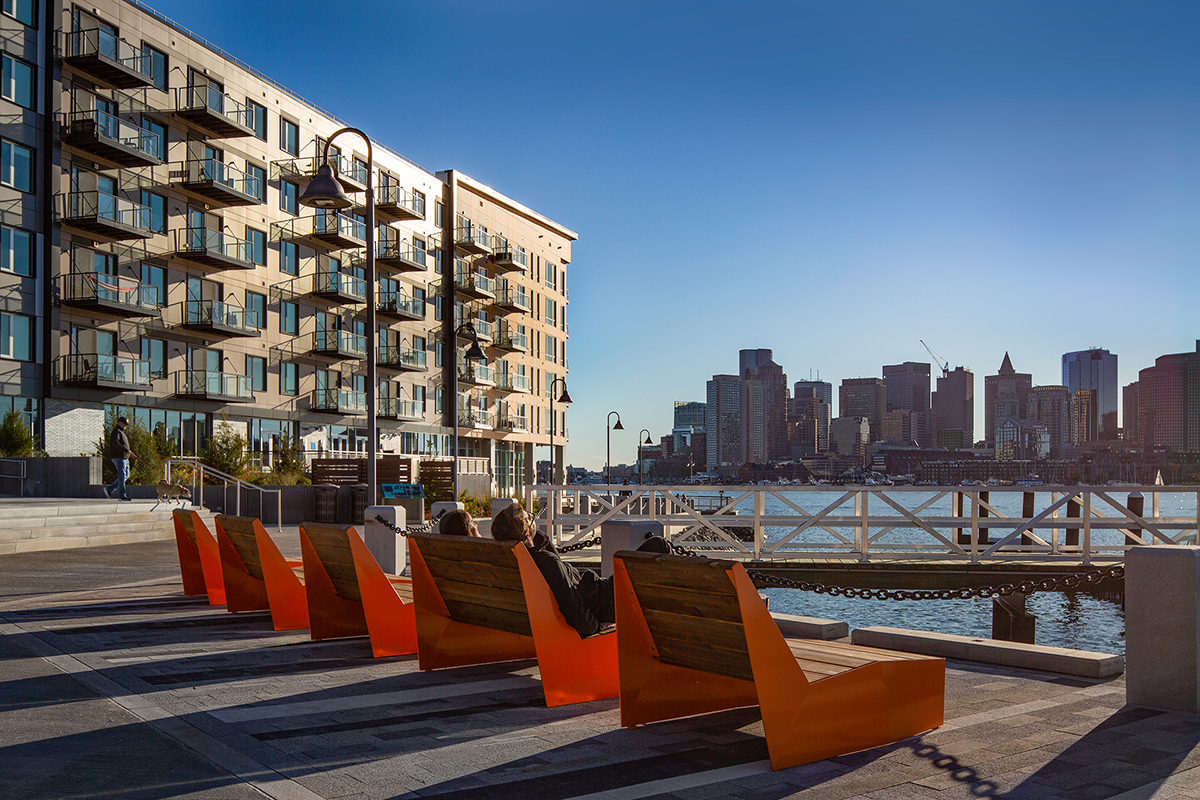
Clippership Wharf includes a living shoreline, featuring a series of salt marsh terraces, as a natural buffer against changing tides. It was named the 2020 Climate Change Project of the Year by the Environmental Business Council of New England. Image by Ed Wonsek Art Works; courtesy of Lendlease
How Insurers Price Climate Risk
Insurers, meanwhile, are far from counting out specific geographies, though their appetite for certain kinds of risk is being tested. “Insurance premiums are going up, but what we haven’t seen yet is an insurance company just exit a market,” said Neff. “But they have the luxury of holding annual agreements. They have the ability to be a bit more nimble.”
The California wildfires, for instance, have led to the insurance sector assuming more risk than they had initially bargained for. And in multiple regions, property owners are going to have to prove to insurers that their buildings are able to withstand what may be coming.
Insurers are looking to see that resilience measures are in place, with the companies not demonstrating proactive risk management expected to see even higher insurance rates.
“They’re getting a lot more sophisticated on understanding the value in terms of potential claims around a building that is well-run, that has both robust physical features as well as a very well-trained onsite team that can operate your de-water equipment or put up your aqua wall,” she said.
Reid does not foresee insurers turning away all projects with significant climate risk exposure, but specific risks will need to be priced in. “How you underwrite individual transactions is going to be quite important,” said
Different climate scenarios are already being incorporated into insurers’ forecasting, said Burki, who noted that “in the past six months it’s become much more difficult” to insure assets seen as vulnerable.
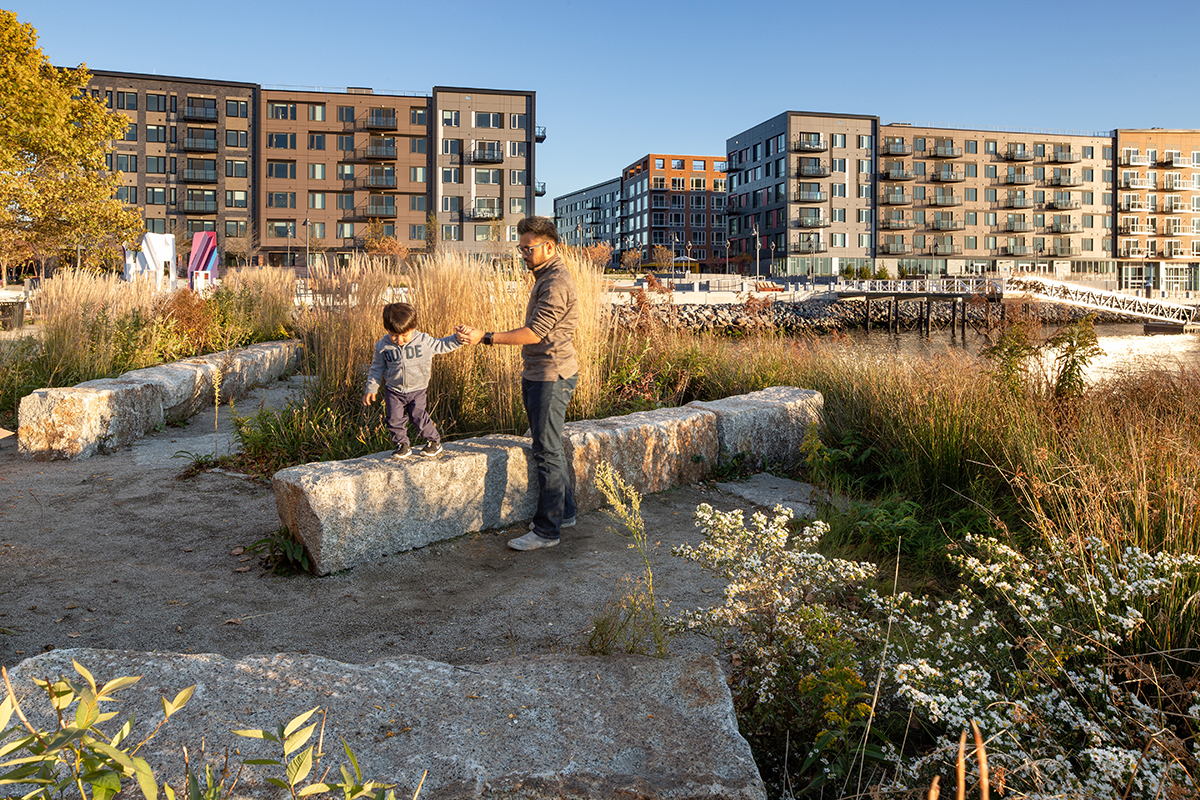
In order to be forward-looking, Lendlease built the entrances to the four residental buildings 14 feet above average high tide, exceeding FEMA’s guidelines. Raising the project also meant less contaminated soil would have to be excavated. Image courtesy of Lendlease
Unplanned obsolescence
As more buildings require updates to weather the future storms, both literal and figurative, brought on by climate change, there may be a nascent ecological flipping movement.
“ESG turnaround might become a viable investment strategy,” said Reid, suggesting some buyers may purchase a property, finetune it to guard against a more climate insecure future and sell it at a profit. However, he notes, “the pace of change is obviously leading to a lot of concern about obsolescence.”
With requirements shifting quickly, particularly in the office subsector, the potential for being stuck with outmoded ESG features isn’t only a scenario for would-be flippers. Reid, however, anticipates that improving these properties will get easier as time goes by.
“As the technology develops, as innovative companies come along and start producing efficiency products that can be built into buildings, and sensors and control systems that do a better job of managing the energy-use profile of the building, those kinds of things will (happen) quicker and become cheaper to do,” he explained.
Transition risk
The real estate sector is also grappling with the transition risk that comes with the greening and fortifying of its assets and practices.
“We’re seeing much more robust changes in development, obviously a lot of changes in procedures, and the other piece of this is people are starting to understand their transitional risk,” said Neff. “What is going to be the risk of increased regulation? Say you’re in New York, you have the physical climate risk of another Hurricane Sandy but what is also your transition risk from Local Law 97?”
“There is this misconception that transition risk is about fines and taxes but that isn’t the case,” said Reid. “We know that every building has a certain carbon footprint, and we know that, to meet certain climate targets, that footprint is going to have to reduce by a certain amount and the way that could happen varies.”
This could include undertaking environmentally friendly capital expenditures, replacing fossil fuel cogeneration in certain buildings with greener power, ensuring heating and cooling are coming from renewable resources and installing more energy efficient windows and lighting. “It can mean paying for offsets, it can mean, in places like New York, where you have Local Law 97, paying levies and fines,” said Reid.
Regulatory considerations
Eyes are on the Securities and Exchange Commission as it prepares to issue a final version of its climate-related disclosure rules, which it first unveiled in March 2022. The rule requiring disclosure of how corporate operations impact climate change received thousands of public comments. While the language was far from universally popular and there have been modifications since last year, Neff says, it is clear there will be continued and heightened pressure for more disclosures.
“It’s not just coming from the SEC,” she said. “The pressure to disclose climate change risk has been around for a long time, and we’re going to see that reporting get a lot more streamlined and sophisticated as more folks come in.”
“There’s definitely a bit of carrot and stick,” said Reid. “Regulators have been focusing more intently on climate because there’s this growing appreciation that it’s likely to have a not insubstantial effect on asset values.”
Beyond physical risk
While physical asset risk is a more immediate concern, climate change’s long-term implications are just as important.
In the wake of COVID, the supply-chain disruptions caused by the pandemic offer an important lesson for the real estate sector. “We expect supply- chain disruptions to be caused by climate change, and we think there are going to be more of them,” said Neff. “Real estate companies will be forced to get a lot more sophisticated on what happens to our businesses when it’s harder for us to source materials.”
There is also a human toll that sometimes gets glossed over. “It’s not just buildings we’re trying to keep safe,” added Neff. “It’s the people in buildings, and that gets a little bit lost. I don’t think we’ve really talked about the mental health piece in terms of leasing and what building developers are going to have to do to attract people to properties given climate change.”

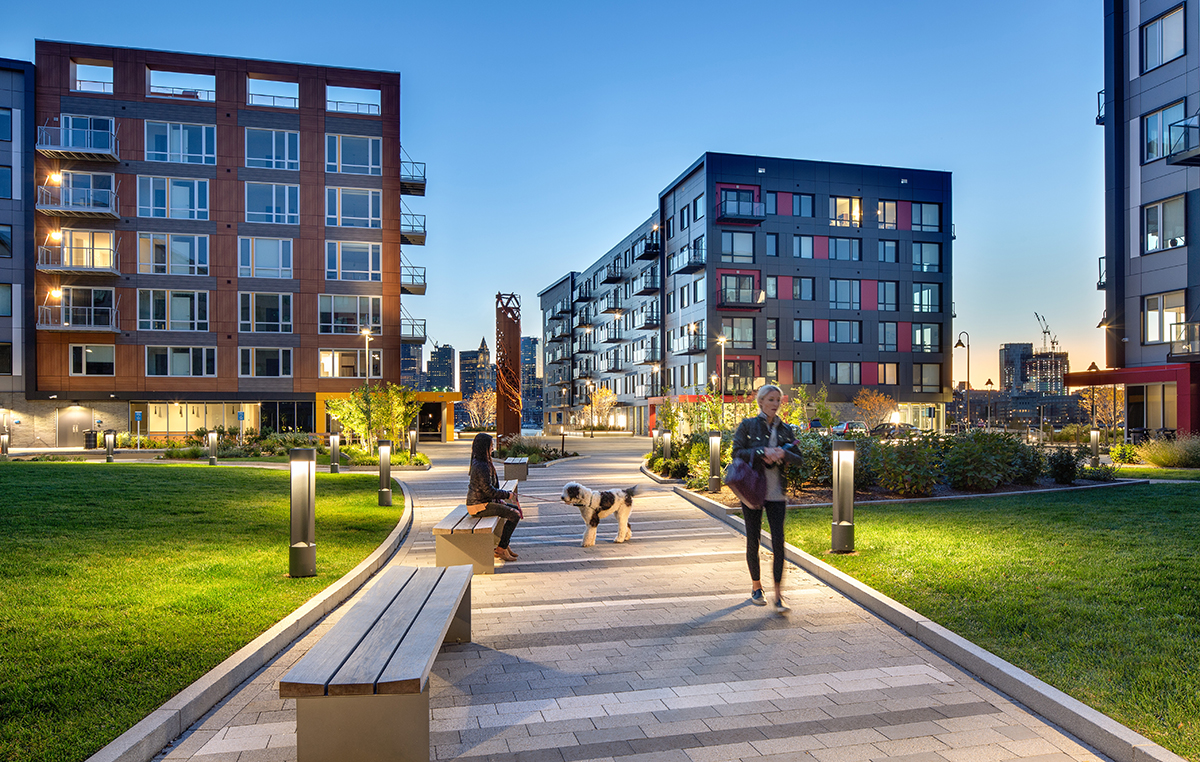
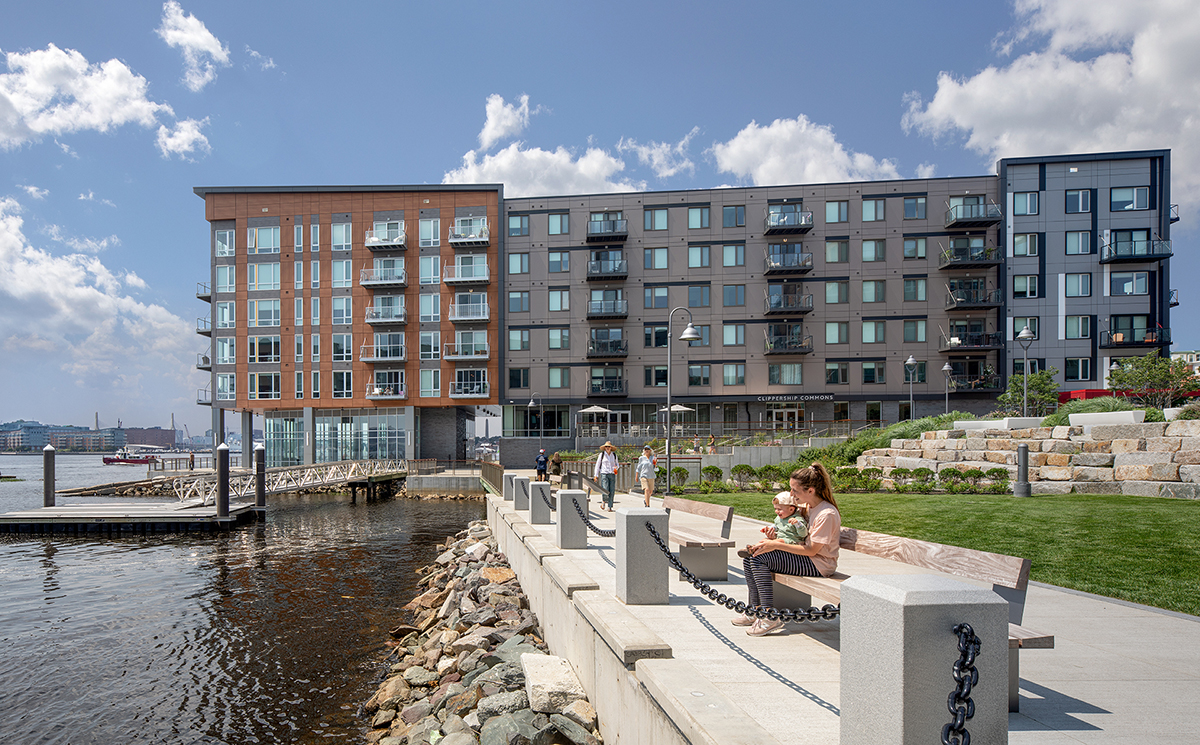


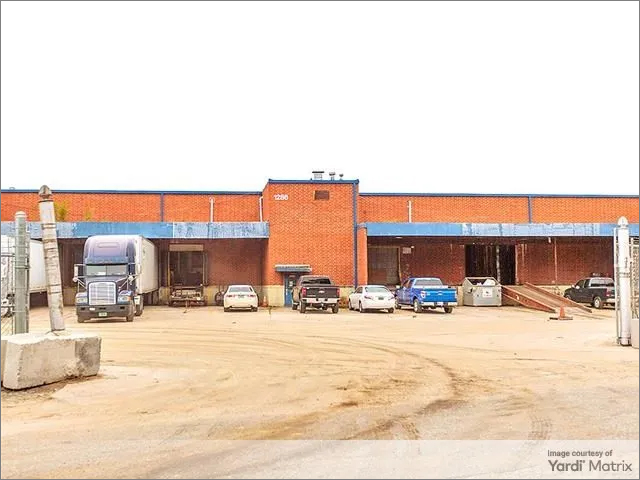
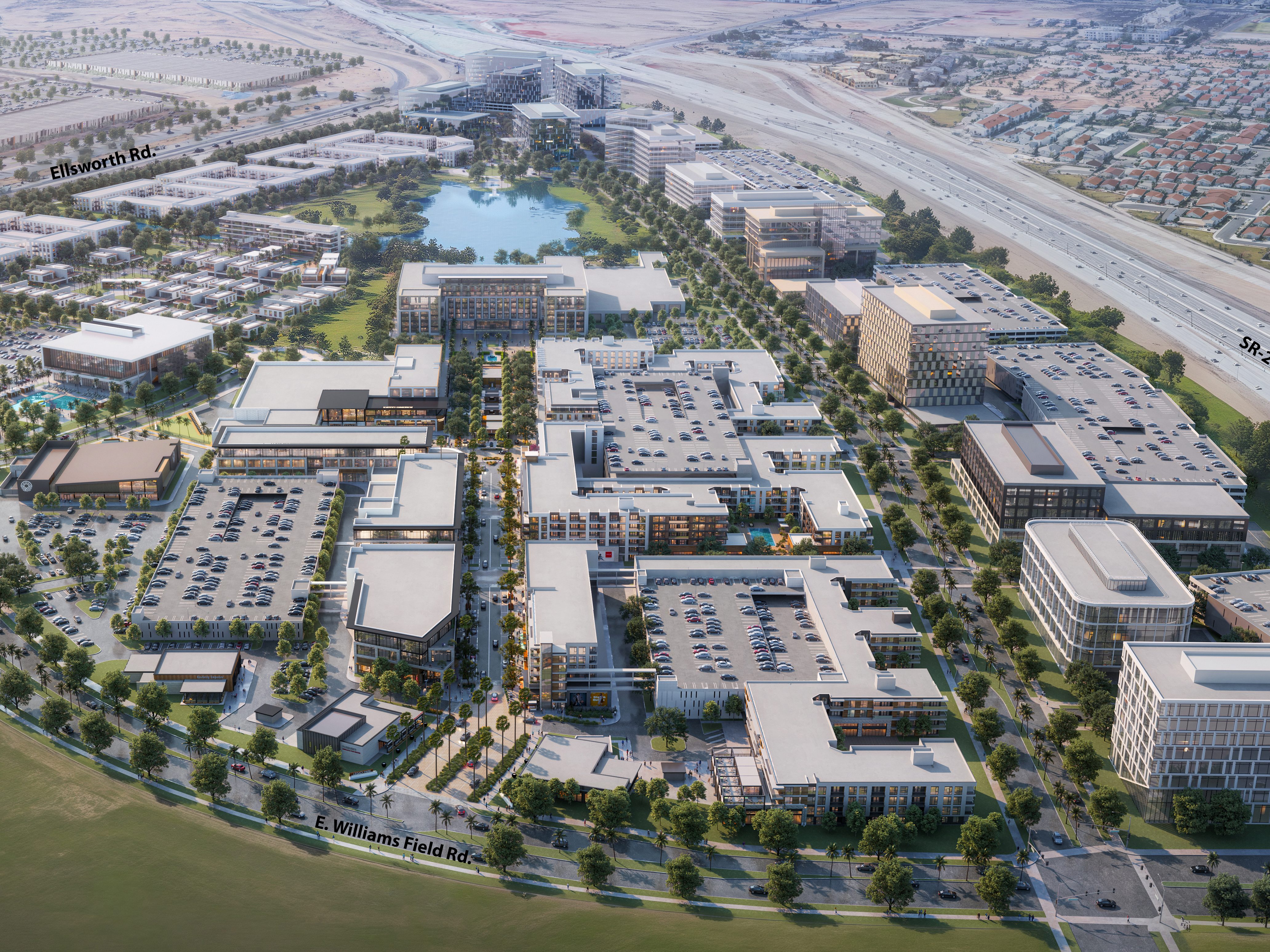
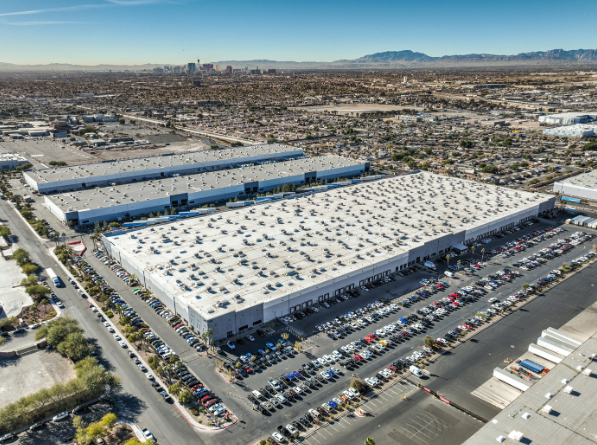
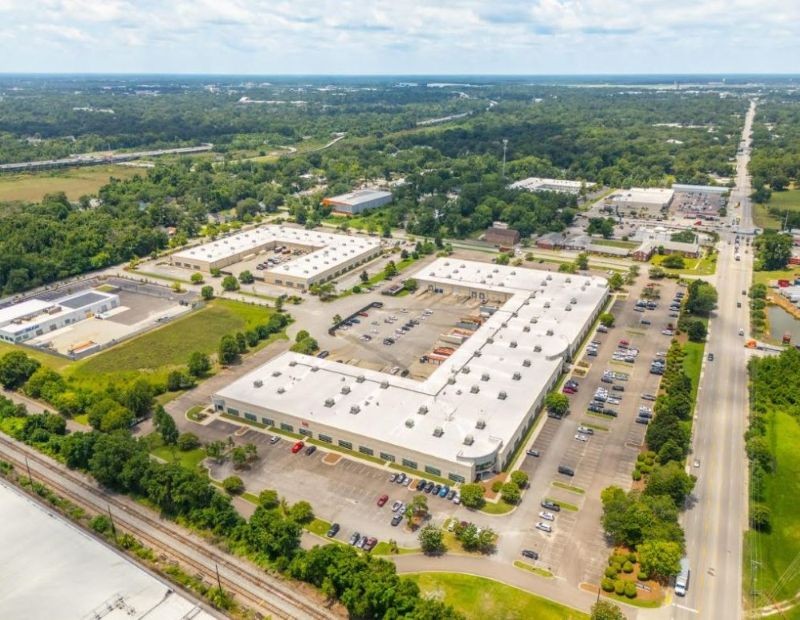

You must be logged in to post a comment.